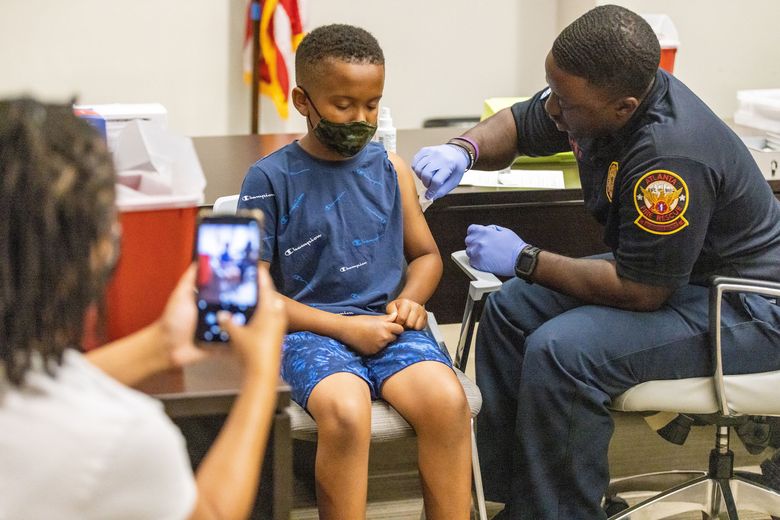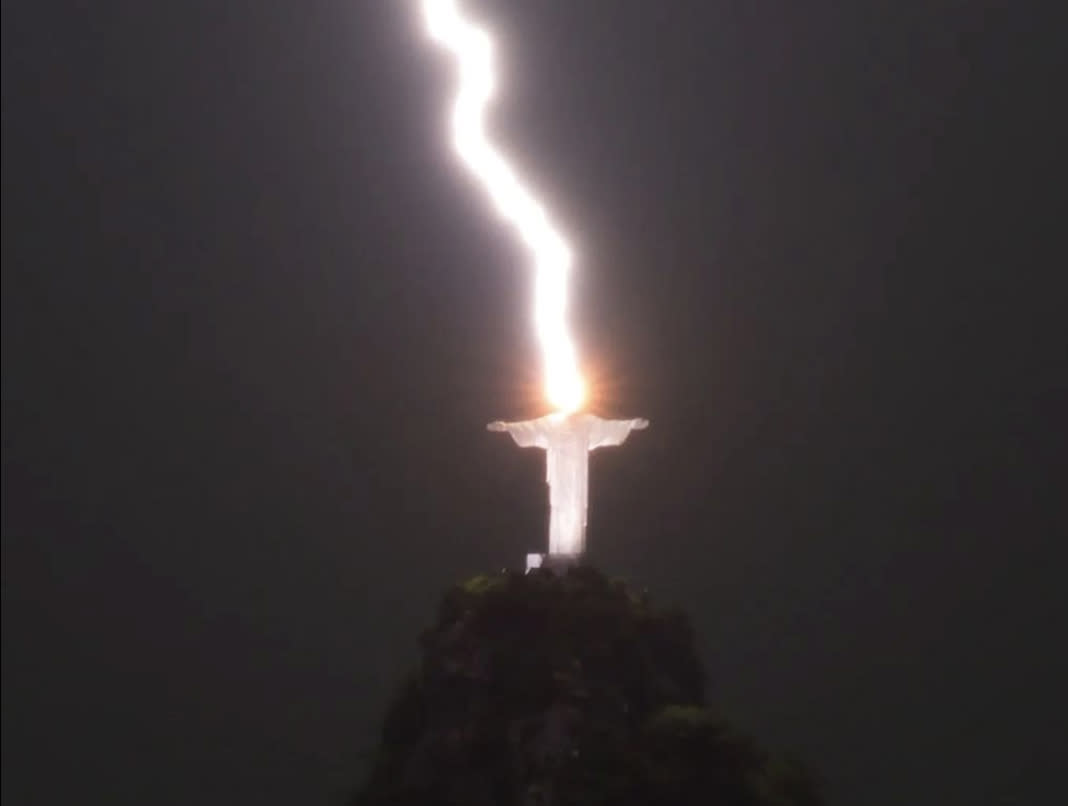
(Steve Schaefer/The Atlanta Journal-Constitution/TNS)
Dear Commons Community,
The pandemic has had a disproportionate impact on Black and other children of color, leading to higher rates of severe cases, hospitalizations and deaths caused by social and economic factors, a new report finds.
The report was released yesterday by the Black Coalition Against COVID in partnership with the Satcher Health Leadership Institute at Morehouse School of Medicine, along with other historically Black medical schools and Black health care organizations. It was inspired by the widespread belief that children were not as susceptible to COVID-19. As reported by Donovan J. Thomas for The Atlanta Journal-Constitution.
Since the pandemic began, children account for over 18% of COVID-19 cases, with more than 14 million positive tests from children. Researchers believe this number is likely to be an undercount because testing was not available for children until May 2020 and they were tested less often than adults because they were believed to be at lower risk for infection.
According to the report, 1,556 children have lost their lives to COVID-19 since the beginning of the pandemic. Compared with white children, Black children died 2.7 times more often than white children, according to the report, and were hospitalized 2.2 times more often than white children, something that vaccination status had a direct impact on.
“Misinformation and mistrust were very key issues in influencing the disparate rates of hospitalizations, deaths, etcetera from COVID-19 amongst our Black population and Black children,” said Aye Obe, a research fellow at the Satcher Health Leadership Institute and one of the report’s authors. “It influenced perceptions people had about staying safe, observing necessary protocols to protect not just themselves, but their children, and influenced vaccination rates.”
Monday’s report was compiled by drawing on studies conducted by other agencies over a span of two years.
Citing a limited study of hospitals in New York, New Jersey and Connecticut, 3 out of 4 children hospitalized with severe cases of COVID-19 were reported as Black (23%) or Hispanic (51%).
Additionally, Black children make up 31% of the multisystem inflammatory syndrome in children (MIS-C) cases that reported race and ethnicity information, with Hispanic children accounting for 26% of cases. MIS-C is a resulting condition of COVID-19 that can affect the heart, blood vessels and other organs, and can lead to frequent doctor visits.
Vaccines for children under 18 were authorized later in the pandemic than adult vaccines, and in most of the country, Black children were vaccinated at lower rates than white children.
Of the Black children hospitalized due to COVID-19, 30% had preexisting medical conditions, compared with 15% of white children, the report said.
The report also considered “social determinants of health,” which are social and economic factors that influence health. Poverty rates and food and housing insecurity increased for Black and Latino families during the pandemic. Many people within these communities also live in multi-generational households and work jobs considered essential, leaving them exposed to COVID-19 at higher rates.
The report noted 65% of the more than 200,000 children left orphaned as a result of death of a primary caregiver are of a racial or ethnic minority.
“What played out for children was the exact same thing that played out for adults,” Obe explained. “There were factors that engender health and also health inequities that were put in place so many years before the pandemic, and right when the pandemic happened, all of these things came into play.”
Learning gaps that children faced due to the pandemic were also highlighted in the report, which found that Black and other children of color could be six to 12 months behind in learning compared with four to eight months for white children.
With the COVID-19 public health emergency declaration set to expire on May 11, many foresee that the loss of pandemic safety nets will show unequal levels of hardships Black children continue to face.
The report’s authors made recommendations to improve outcomes, including steps to address access to health care, mental health social, economic and political factors and more.
“We believe addressing the social and political determinants of health, which are key drivers of the negative outcomes we saw amongst Black children, the Black population and other minority groups, will be a good place to start acknowledging, understanding and taking positive steps to mitigate the inequities we have in health care,” Obe said.
“There is no magic pill that we can take as nation that can cure everything that has happened.”
The Black Coalition Against COVID is a Washington, D.C.-based community initiative that provides science-based information about COVID-19 and the vaccine development process to help save Black lives.
Tony









